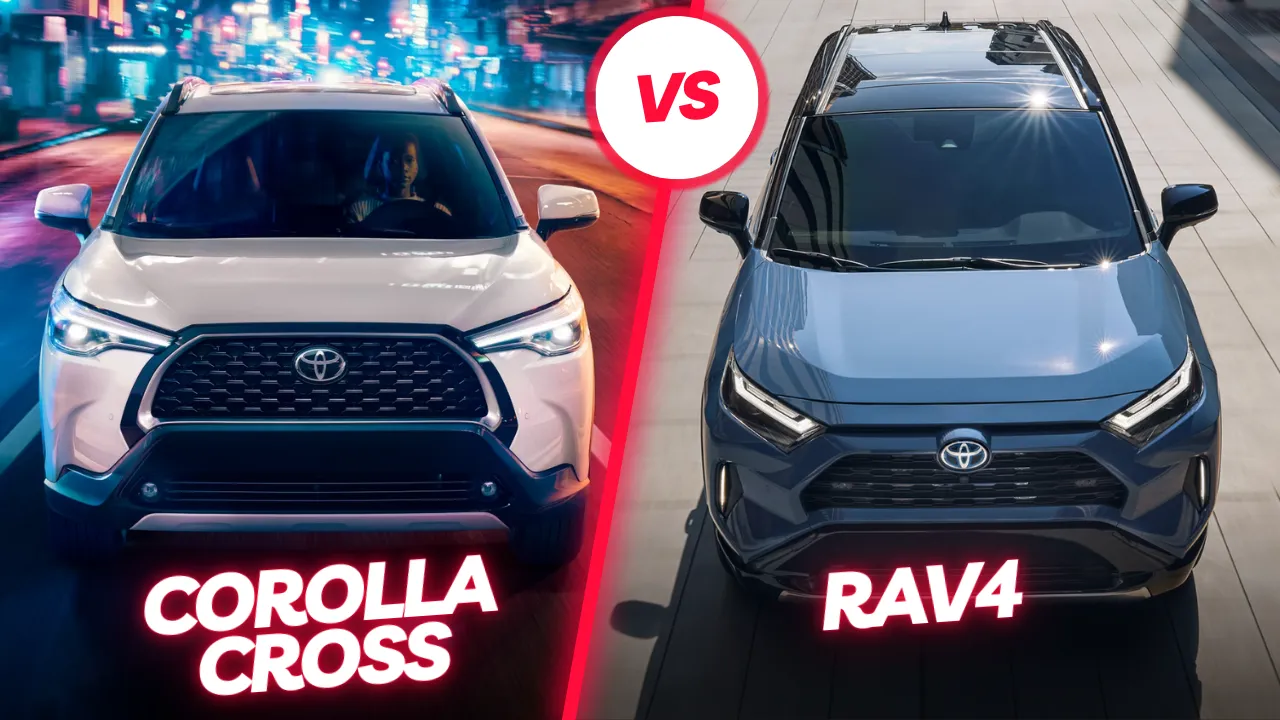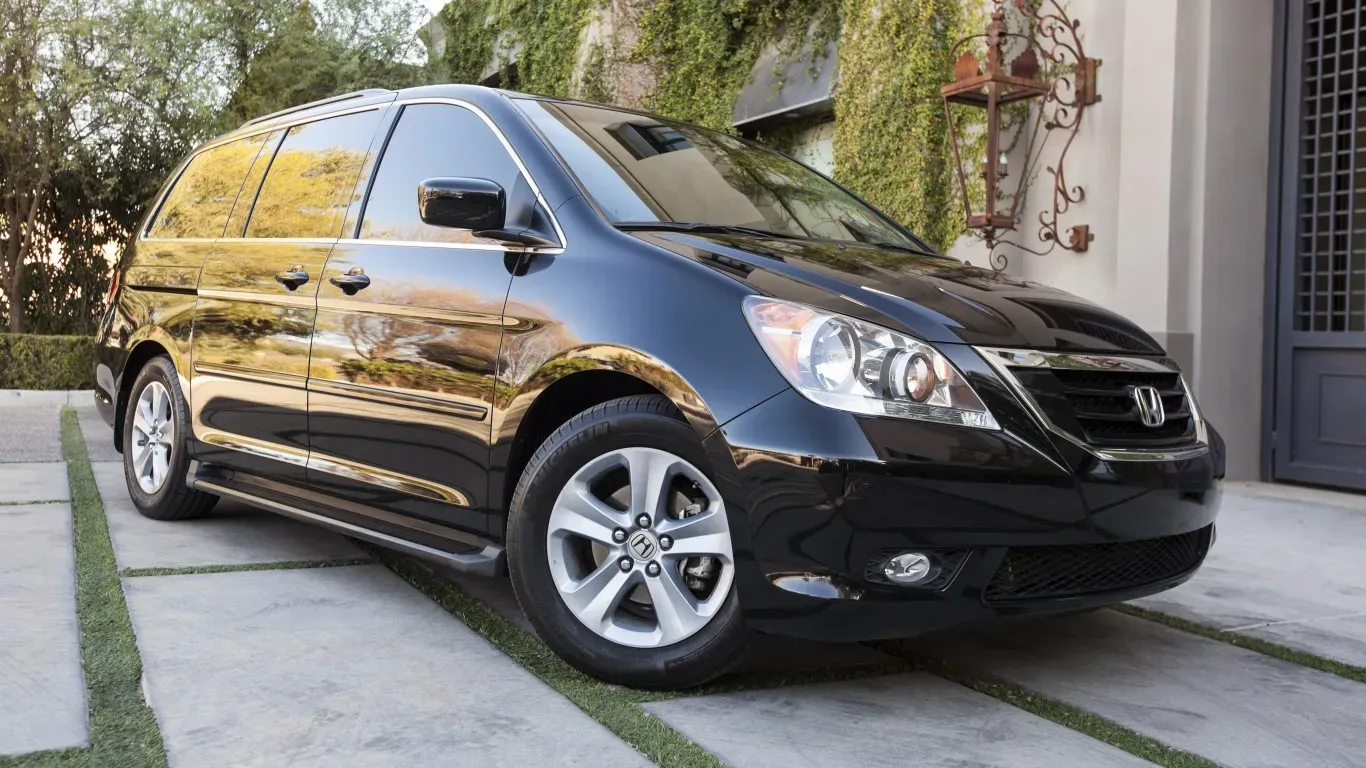The documentary Who Killed the Electric Car has become a pivotal point in the discussion about electric car history. Released in 2006, the film delves into the rise and fall of the General Motors EV1, an innovative electric vehicle that promised to revolutionize the automotive industry. However, the subsequent EV1 destruction and the role of various stakeholders, including the California Air Resources Board and the oil industry, sparked widespread controversy and speculation. This article explores the key themes of the documentary, the technological challenges, and the broader implications for the future of electric vehicles.
History of the General Motors EV1
| Event | Date | Description | Impact | Outcome |
| Launch of the General Motors EV1 | 1996 | Introduction of the first mass-produced electric vehicle | Positive reception, environmental acclaim | Limited production, leasing only |
| California ZEV Mandate | Early 1990s | CARB’s regulation requiring zero-emission vehicles | Increased EV development, industry pushback | Partial rollback due to corporate pressure |
| Oil Industry Lobbying | Mid-1990s | Alleged efforts to undermine EV adoption | Regulatory pressure, public skepticism | Strengthened fossil fuel dominance |
| EV1 Recall and Destruction | Early 2000s | GM’s decision to recall and destroy the EV1 fleet | Public outrage, conspiracy theories | EV1 destruction, loss of early EV momentum |
| Release of “Who Killed the Electric Car?” | 2006 | Documentary exposing the controversies around the EV1 | Raised awareness, fueled conspiracy theories | Renewed interest in EVs, policy discussions |
| Advancements in Battery Technology | 2010s | Significant improvements in EV battery technology | Increased range, reduced costs | Accelerated adoption of electric vehicles |
| Rise of Tesla and Modern EVs | Late 2010s | Tesla’s success and the resurgence of electric vehicles | Reinvigorated market, tech innovation | Mainstream adoption of EVs |
| California’s New ZEV Mandates | 2020s | Stricter regulations to increase EV adoption | Expansion of EV market | Growing presence of EVs on roads |
| Hydrogen Fuel Cell Development | Ongoing | Continued research and development of hydrogen vehicles | Mixed results, market skepticism | Limited adoption, focus on battery EVs |
| Public Perception of Electric Vehicles | Present | Changing views on EVs and environmental impact | Positive shift towards sustainable transport | Expanding EV market, ongoing policy support |
The Rise and Fall of the General Motors EV1
The General Motors EV1 was introduced in 1996 as one of the first mass-produced electric vehicles. It was a groundbreaking achievement, showcasing the potential of electric vehicles in reducing emissions and dependence on fossil fuels. The EV1 received positive feedback from environmentalists and early adopters who appreciated its clean, quiet operation and innovative design. However, despite its promise, GM decided to recall and destroy the EV1 fleet, leading to the infamous EV1 destruction. This decision sparked outrage among environmentalists and conspiracy theories about why the EV1 was taken off the market.
California Air Resources Board and Regulatory Challenges
The California Air Resources Board (CARB) played a crucial role in the development of electric vehicles through its Zero Emission Vehicle (ZEV) mandate. This regulation required automakers to produce a certain percentage of zero-emission vehicles, which directly led to the creation of the EV1. However, the board faced significant pressure from the automotive industry and other stakeholders, leading to a partial rollback of the mandate. The documentary highlights how these pressures influenced CARB’s decisions, fueling the narrative of an electric vehicle conspiracy aimed at stifling the EV market.
The Role of the Oil Industry and Conspiracy Theories
One of the most controversial aspects of the Who Killed the Electric Car documentary is its exploration of the oil industry‘s role in the decline of the EV1. The film suggests that the oil industry and electric cars were at odds, with oil companies allegedly lobbying against the widespread adoption of EVs to protect their interests. This theory has contributed to the broader electric vehicle conspiracy narrative, which posits that the destruction of the EV1 was orchestrated to maintain the dominance of fossil fuels. While some argue that these claims are exaggerated, the documentary effectively raises questions about the influence of corporate interests on public policy.
Battery Technology in EVs
At the time of the EV1, battery technology in EVs was still in its early stages. The EV1 used lead-acid batteries, which had limited range and required frequent recharging. Despite these limitations, the EV1 demonstrated that electric vehicles could be a viable alternative to gasoline-powered cars. Since then, battery technology has advanced significantly, with modern EVs using lithium-ion batteries that offer greater range, faster charging, and longer lifespans. These advancements raise the question: Could the EV1 have succeeded if it had been developed with today’s battery technology?
Hydrogen Fuel Cells
The documentary also touches on the debate over hydrogen fuel cells as an alternative to battery electric vehicles. While hydrogen fuel cells offer some advantages, such as faster refueling times, the film criticizes the promotion of hydrogen technology as a potential distraction from the development of battery EVs. The hydrogen fuel cell criticism in the documentary suggests that focusing on hydrogen may have diverted attention and resources away from improving battery technology, ultimately slowing the progress of electric vehicles.
The Legacy of the Documentary
The release of Who Killed the Electric Car had a profound impact on public awareness and the electric vehicle industry. The documentary brought the issues surrounding the EV1 to the forefront, sparking renewed interest in electric vehicles and influencing policy discussions. As a result, the film is often credited with helping to pave the way for the resurgence of electric vehicles in the following decades. The narrative of the electric vehicle conspiracy continues to shape public perception, highlighting the ongoing challenges facing the EV industry and the importance of supporting sustainable transportation initiatives.
Public Response and Activism
The EV1 destruction didn’t go unnoticed, sparking a wave of activism from passionate EV1 owners and environmental advocates. Many organized protests, wrote petitions, and engaged in public demonstrations to save the remaining EV1s. Despite these efforts, GM proceeded with the recall, citing various justifications, including the high cost of production and the limited demand. The public’s strong reaction to the destruction of the EV1 played a significant role in raising awareness about the potential of electric vehicles and the challenges they face from powerful industry players.
Corporate Influence and Media Coverage
The Who Killed the Electric Car documentary also sheds light on the role of corporate influence and media in shaping public perception of electric vehicles. At the time, media coverage often echoed the sentiments of the automotive and oil industries, downplaying the potential of EVs and emphasizing their limitations. This narrative contributed to the skepticism surrounding electric vehicles, making it easier for corporations to justify the EV1 destruction. The documentary challenges this narrative, encouraging viewers to question the information presented by powerful entities and consider the broader implications for the future of transportation.
Lessons Learned
One of the most significant outcomes of the Who Killed the Electric Car documentary is its influence on modern EV policy. The film highlighted the vulnerabilities in the early electric vehicle industry, from regulatory pressures to corporate manipulation. These lessons have been crucial in shaping today’s EV policies, which aim to protect the interests of consumers and promote sustainable transportation. The resurgence of electric vehicles, supported by robust policies and incentives, can be seen as a direct response to the issues raised in the documentary.
The Future of Electric Vehicles
While the documentary emphasizes the electric vehicle conspiracy, it also invites viewers to look beyond these challenges and consider the future of the EV industry. The advancements in battery technology in EVs, the growing support for zero-emission vehicles, and the increasing demand for sustainable transportation all point to a promising future for electric vehicles. However, the film serves as a reminder that vigilance is necessary to ensure that history doesn’t repeat itself and that the interests of powerful industries do not overshadow the public good.
Conclusion
In conclusion, the Who Killed the Electric Car documentary remains a significant work in understanding the challenges and controversies surrounding the early days of electric vehicles. The story of the General Motors EV1, the involvement of the California Air Resources Board, and the alleged role of the oil industry in hindering EV adoption offer valuable lessons for the future of sustainable transportation. As we look ahead, it’s crucial to reflect on these events and continue to push for the development and adoption of cleaner, more efficient technologies.
Faqs
1- Who actually killed the electric car?
The documentary suggests that multiple factors contributed to the demise of the electric car, including automakers like General Motors, the oil industry, and regulatory bodies like the California Air Resources Board. Each played a role in the decision to end the EV1 program, leading to its destruction.
2- What was the main message of the documentary Who Killed the Electric Car?
The main message of Who Killed the Electric Car is to highlight the complex and often hidden forces that led to the suppression of electric vehicle technology. It critically examines the roles of corporations, government policies, and market dynamics in stifling the progress of a promising technology that could have reduced dependence on fossil fuels.
3- Who is streaming Who Killed the Electric Car?
Who Killed the Electric Car can be streamed on various platforms, including Amazon Prime Video and YouTube. Availability may vary by region, so it’s recommended to check your preferred streaming service for the most accurate and up-to-date information.
I’m Waqas, an electric vehicle enthusiast and tech writer with over 6 years of experience covering the EV industry. I write in-depth articles, comparisons, and reviews to help readers understand the fast-evolving world of electric mobility. From battery technology to EV launches and charging trends, I aim to make complex EV topics simple, engaging, and informative for everyday drivers and curious readers alike.





